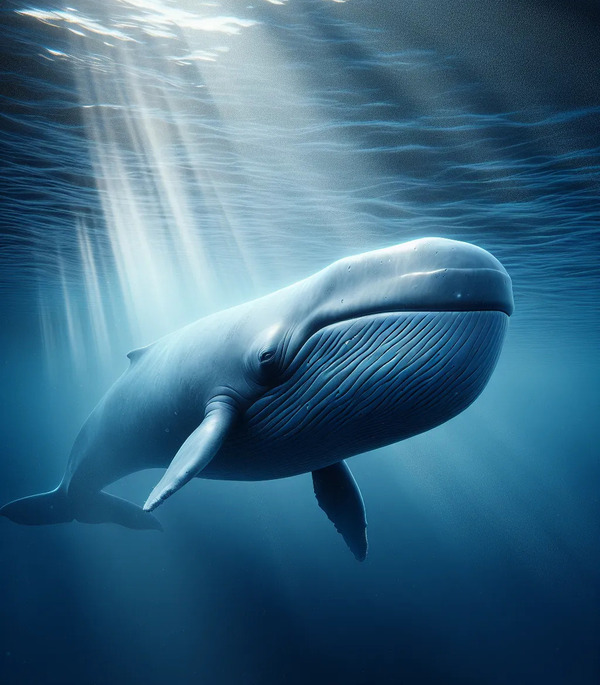When it comes to the animal kingdom, gestation periods vary widely among different species. From a few weeks to several months, the time taken for an embryo to develop before birth can be fascinating and surprising. In this article, we will explore the animal with the longest gestation period, shedding light on why these durations are so extensive and the implications for the species involved.
The African elephant (Loxodonta africana) holds the record for the longest gestation period of any land mammal, lasting approximately 22 months. This extended pregnancy allows for the proper development of the fetus, which can weigh around 220 pounds (100 kg) at birth. The long gestation period is critical because Elephants-Are-Endangered.html">elephants are large animals with complex social structures, and the newborns require a significant amount of time to develop physically and neurologically before facing the challenges of their environment.
The Asian elephant (Elephas maximus) also has a lengthy gestation period, lasting about 18 to 22 months, similar to its African counterpart. The extended period of gestation ensures that calves are born strong and capable of surviving in the wild.

While Elephants-Are-Endangered.html">elephants reign supreme, other species also boast impressively long gestation periods. Here are a few notable examples:
The sperm whale (Physeter macrocephalus) has a gestation period of approximately 16 to 18 months. Given their large size—sperm whales can weigh up to 45 tons—this lengthy period is essential for the healthy development of the calf, which can be around 3,000 pounds (1,360 kg) at birth.

Various species of rhinoceros, such as the white rhinoceros (Ceratotherium simum), have gestation periods that can last around 15 to 16 months. Similar to Elephants-Are-Endangered.html">elephants, rhinos give birth to relatively large offspring, necessitating a longer development time.

Giraffes (Giraffa camelopardalis) have a gestation period of about 15 months. The length of gestation allows for the growth of a calf that is about 6 feet tall and weighs between 100 to 150 pounds at birth. This initial height helps calves to be more visible and capable of keeping up with their mothers in the wild.

The reasons for long gestation periods among these animals can be attributed to several factors:
Size of the Offspring: Larger animals typically have longer gestation periods because their young are born larger and more developed.
Complex Development: Many animals, particularly those in complex social structures (like elephants and whales), require their young to be neurologically and physically prepared for life outside the womb.
Environmental Factors: In the wild, the survival of young animals is closely tied to their physical maturity. Longer gestation allows for better survival rates in challenging habitats.
Understanding the gestation periods of various animals not only highlights the incredible diversity of life on our planet but also underscores the unique adaptations that different species have developed. The African elephant stands out as the champion of gestation, reminding us of the intricate processes of life and the importance of nurturing and protecting these magnificent creatures.
In summary, while many animals have long gestation periods, elephants lead the pack, followed by sperm whales, rhinoceroses, and giraffes. Each of these species exemplifies the delicate balance of nature and the need for extended development in the animal kingdom.
animal tags: sian-Elephant
We created this article in conjunction with AI technology, then made sure it was fact-checked and edited by a Animals Top editor.